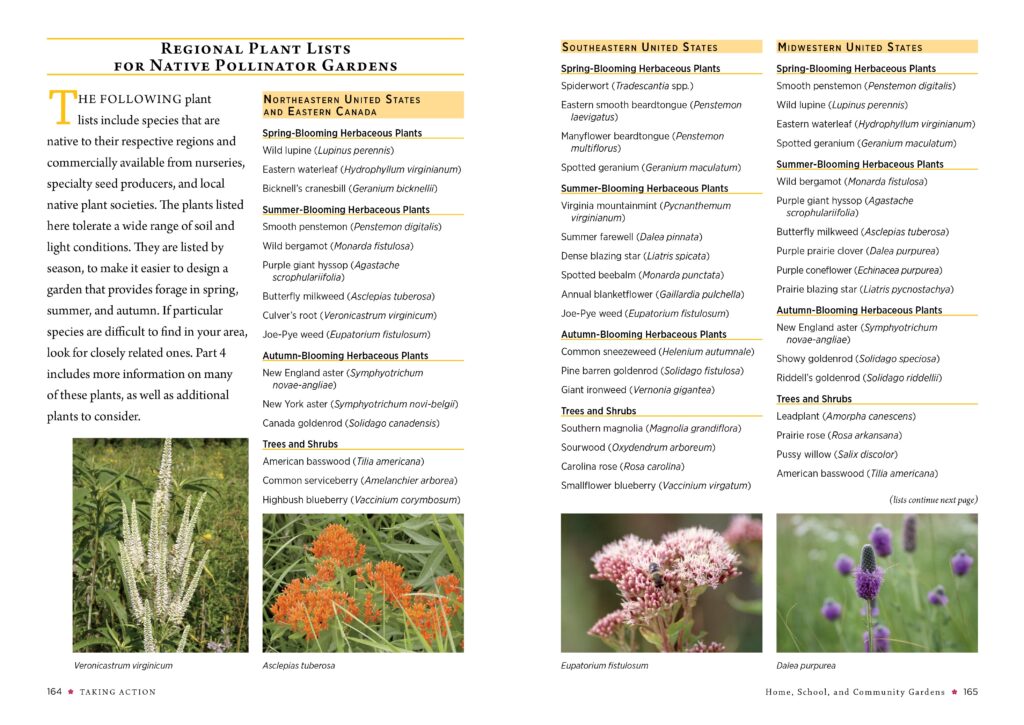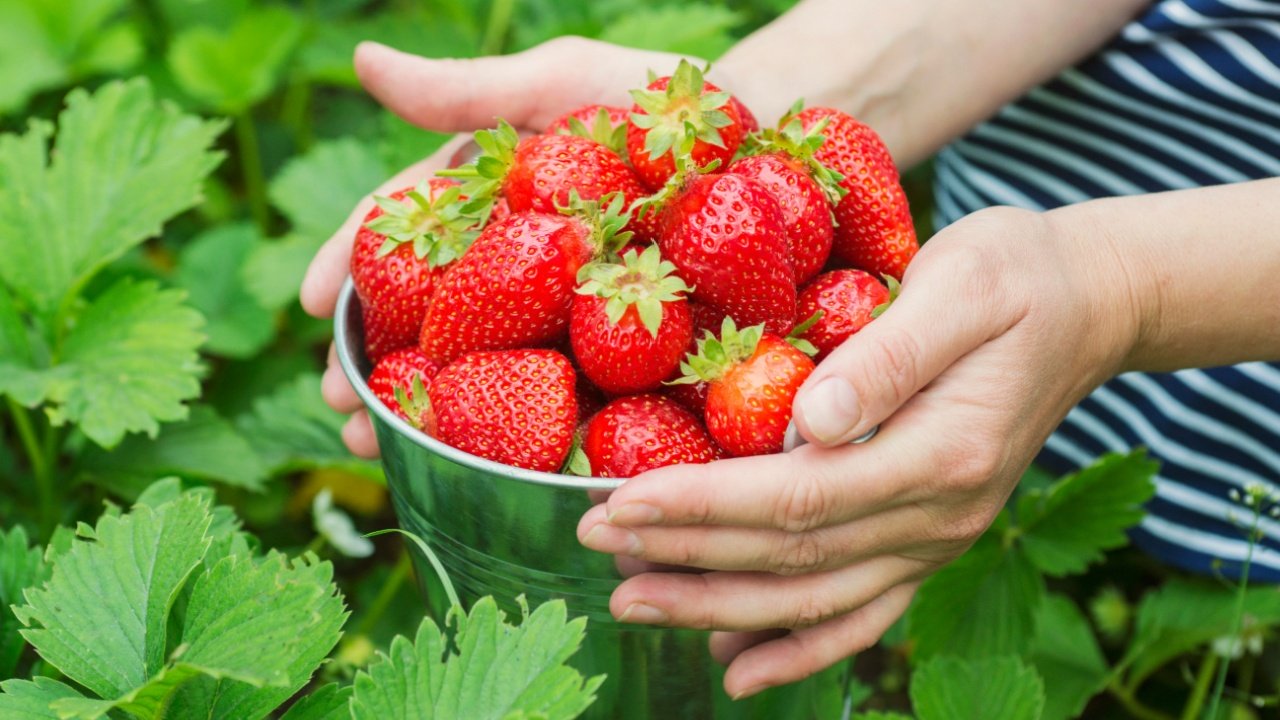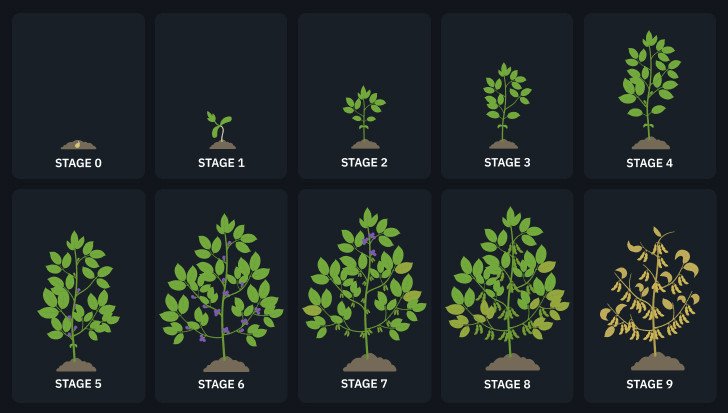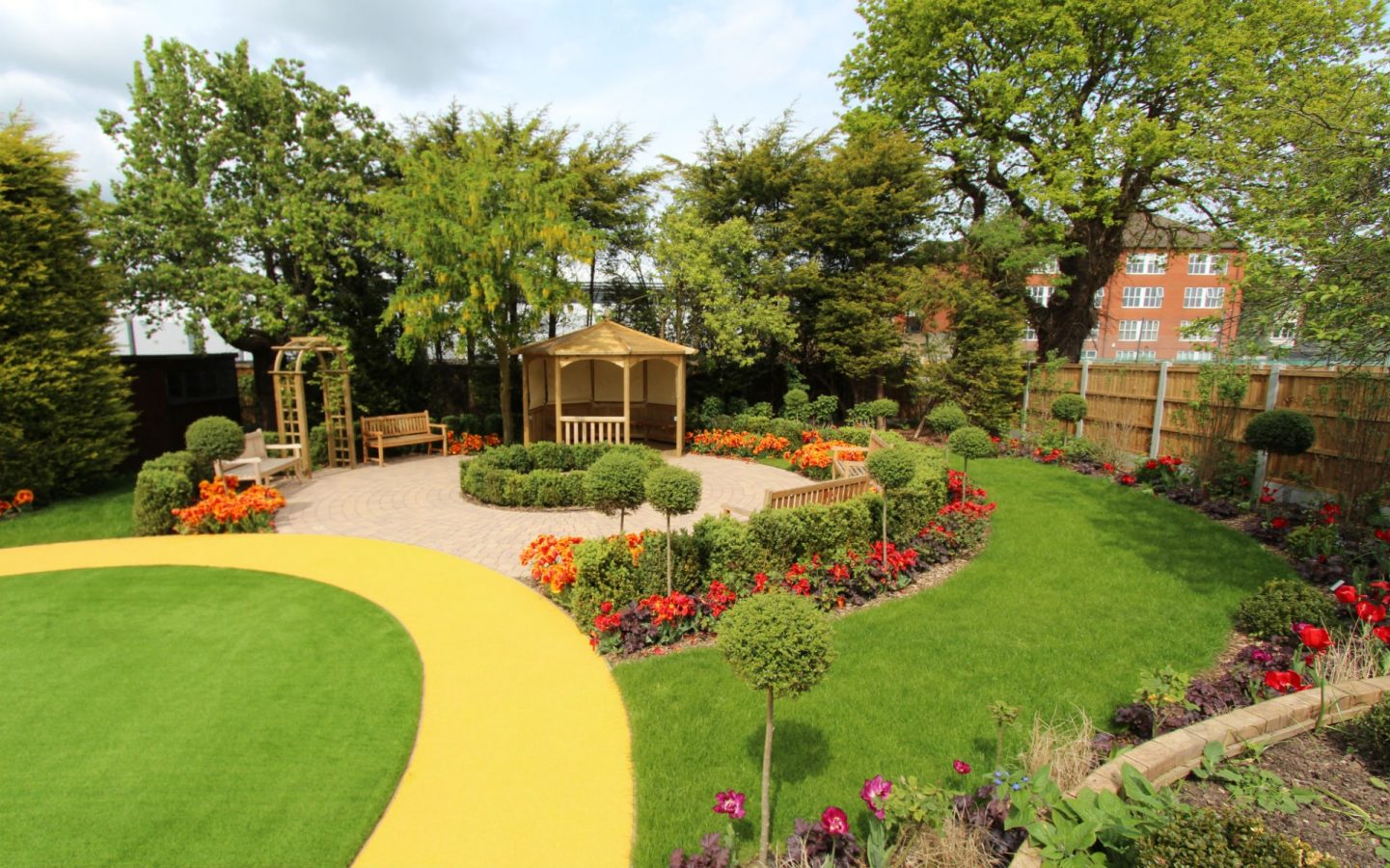
Introduction: The Unseen World Beneath Our Feet
Ever wondered what’s really going on beneath the surface of your garden? It’s not just dirt and roots down there; it’s a bustling metropolis teeming with life! We’re talking about native soil organisms – the unsung heroes of a healthy garden ecosystem. These tiny creatures, from bacteria and fungi to earthworms and nematodes, play a vital role in nutrient cycling, soil structure, and overall plant health. Attracting and nurturing these organisms is key to creating a thriving, resilient garden that requires less intervention and yields more bountiful results. Think of it as building a vibrant community that works tirelessly to support your plants.
This isn’t just about gardening; it’s about understanding and respecting the intricate web of life that exists in our soil. By learning how to attract native soil organisms, we can move away from reliance on synthetic fertilizers and pesticides and embrace a more sustainable, natural approach to gardening. It’s a journey of discovery, a path towards creating a garden that’s not just beautiful, but also ecologically sound.
Why Native Soil Organisms Matter: The Garden’s Natural Workforce
So, why all the fuss about these tiny critters? What exactly do they do for your garden? The answer is: a lot! Native soil organisms are involved in practically every aspect of soil health and plant growth.
Nutrient Cycling: Turning Waste into Food
One of their primary functions is nutrient cycling. They break down organic matter, such as fallen leaves, dead plants, and animal manure, releasing essential nutrients like nitrogen, phosphorus, and potassium in forms that plants can readily absorb. Think of them as tiny compost factories working 24/7 to feed your plants. Without these organisms, nutrients would remain locked up in organic matter, unavailable to your plants.
Bacteria and fungi are particularly important in this process. They secrete enzymes that break down complex organic molecules into simpler compounds that plants can use. Earthworms, with their burrowing and feeding habits, also play a significant role in distributing organic matter and nutrients throughout the soil profile.
Soil Structure: Creating a Home for Roots
Native soil organisms also contribute to improved soil structure. Earthworms, for example, create tunnels as they move through the soil, improving aeration and drainage. These tunnels also provide pathways for plant roots to grow and access water and nutrients. Fungal hyphae, the thread-like structures of fungi, bind soil particles together, creating aggregates that improve soil porosity and water-holding capacity.
Good soil structure is essential for healthy plant growth. It allows roots to penetrate deeply, access water and nutrients, and anchor plants firmly in the ground. It also improves drainage, preventing waterlogging and root rot.
Disease Suppression: Nature’s Defense Force
Believe it or not, native soil organisms can also help to suppress plant diseases. Some bacteria and fungi are antagonistic to plant pathogens, meaning they actively compete with or prey on disease-causing organisms. These beneficial microbes can protect plant roots from infection and reduce the incidence of diseases like damping-off, root rot, and wilt.
By fostering a diverse and thriving community of soil organisms, you can create a natural defense system that protects your plants from disease without the need for harmful chemicals.
Improved Water Infiltration and Retention
The burrows created by earthworms and other soil organisms act as channels for water to infiltrate the soil more easily. This reduces runoff and erosion, and allows more water to reach plant roots. The improved soil structure created by these organisms also increases the soil’s ability to retain water, making it more resilient to drought.
How to Attract Native Soil Organisms: A Practical Guide
Now that you understand the importance of native soil organisms, let’s talk about how to attract them to your garden. The good news is that it’s not difficult. By following a few simple practices, you can create a welcoming environment that encourages these beneficial creatures to thrive.
1. Embrace Organic Matter: The Foundation of a Healthy Soil Food Web
The single most important thing you can do to attract native soil organisms is to add organic matter to your soil. Organic matter is the primary food source for these creatures, providing them with the energy and nutrients they need to survive and reproduce. There are many ways to add organic matter to your garden:
- Compost: Compost is decomposed organic matter that is rich in nutrients and beneficial microbes. Add compost to your garden beds before planting, or use it as a top dressing around existing plants.
- Manure: Aged or composted manure is another excellent source of organic matter and nutrients. Be sure to use manure that has been properly composted to avoid burning your plants or introducing harmful pathogens.
- Cover Crops: Cover crops are plants that are grown specifically to improve soil health. They can be tilled into the soil as a green manure, adding organic matter and nutrients. Some cover crops, like legumes, also fix nitrogen from the air, enriching the soil with this essential nutrient.
- Mulch: Mulch is a layer of organic material that is spread on the soil surface. It helps to retain moisture, suppress weeds, and regulate soil temperature. As mulch decomposes, it adds organic matter to the soil and provides food for soil organisms. Good mulch options include straw, wood chips, leaves, and grass clippings.
- Leaf Mold: Decomposed leaves are an excellent soil amendment, providing a habitat for beneficial microbes and improving soil structure.
Adding organic matter isn’t a one-time thing; it’s an ongoing process. Regularly add organic matter to your garden to maintain a healthy soil food web.
2. Reduce Tillage: Protect the Soil’s Delicate Ecosystem
Tilling the soil can disrupt the delicate ecosystem that exists beneath the surface. It can kill beneficial organisms, destroy soil structure, and release carbon dioxide into the atmosphere. Reducing tillage is a key step in promoting soil health and attracting native soil organisms.
Instead of tilling, consider using no-till or reduced-tillage methods. These methods involve minimal disturbance to the soil, allowing soil organisms to thrive. You can use techniques like sheet mulching, lasagna gardening, or direct seeding to plant your crops without tilling the soil.
3. Avoid Synthetic Fertilizers and Pesticides: Poisoning the Well
Synthetic fertilizers and pesticides can be harmful to native soil organisms. Fertilizers can disrupt the natural nutrient cycle, making plants dependent on external inputs. Pesticides can kill beneficial insects, fungi, and bacteria, disrupting the balance of the soil food web.
Avoid using synthetic fertilizers and pesticides in your garden. Instead, rely on organic methods to fertilize your plants and control pests. Use compost, manure, and other organic amendments to provide nutrients. Use natural pest control methods, such as attracting beneficial insects, hand-picking pests, and using organic pesticides when necessary.
4. Plant a Diversity of Plants: A Varied Diet for a Diverse Community
Planting a diversity of plants in your garden can help to attract a wider range of native soil organisms. Different plants have different root systems and different nutrient requirements, which can support a more diverse community of microbes in the soil. Plant a mix of annuals, perennials, vegetables, herbs, and flowers to create a thriving ecosystem.
Consider using companion planting techniques to attract beneficial insects and improve soil health. For example, planting marigolds near tomatoes can help to repel nematodes, while planting basil near tomatoes can improve their flavor.
5. Keep the Soil Covered: Protecting the Soil from the Elements
Bare soil is vulnerable to erosion, compaction, and temperature extremes. Keeping the soil covered with mulch or cover crops can help to protect it from these stresses and create a more favorable environment for native soil organisms. Mulch helps to retain moisture, suppress weeds, and regulate soil temperature. Cover crops can add organic matter to the soil, fix nitrogen, and improve soil structure.
Even in the winter, try to keep your soil covered. You can use a thick layer of mulch or plant a winter cover crop to protect the soil from the elements.
6. Water Wisely: Maintaining a Moist Environment
Native soil organisms need moisture to survive. Water your garden regularly, especially during dry periods. Avoid overwatering, which can lead to waterlogging and root rot. Use a soaker hose or drip irrigation to deliver water directly to the roots of your plants, minimizing water loss to evaporation. Aim to keep the soil consistently moist, but not soggy.
7. Add Mycorrhizal Inoculants: Giving Fungi a Head Start
Mycorrhizae are beneficial fungi that form a symbiotic relationship with plant roots. They help plants to absorb water and nutrients, and they can also protect plants from disease. You can add mycorrhizal inoculants to your soil when planting to help these beneficial fungi establish themselves.
Mycorrhizal inoculants are available in granular or liquid form. Apply them directly to the roots of your plants when planting, or mix them into the soil around existing plants.
8. Observe and Adapt: Learning from Your Garden
The best way to learn how to attract native soil organisms is to observe your garden and adapt your practices based on what you see. Pay attention to the health of your plants, the condition of your soil, and the presence of beneficial insects and other organisms. Experiment with different techniques and see what works best for your garden.
Keep a garden journal to record your observations and track your progress. Over time, you’ll develop a better understanding of the complex ecosystem that exists in your soil, and you’ll be able to create a garden that is both beautiful and ecologically sound.
Specific Organisms to Attract and How To Do It
While fostering general soil health is key, you can also take steps to specifically attract certain beneficial organisms.
Earthworms: The Soil Aerators and Composters
Earthworms are the champions of soil improvement. They aerate the soil, improve drainage, and break down organic matter. To attract earthworms:
- Add plenty of organic matter: Earthworms feed on decaying organic matter, so compost, manure, and leaf mold are essential.
- Maintain moist soil: Earthworms need moisture to survive.
- Avoid chemical fertilizers and pesticides: These can harm or kill earthworms.
- Use a thick layer of mulch: This provides a cool, moist environment for earthworms.
- Consider vermicomposting: If you have a lot of food scraps, vermicomposting (composting with worms) can be a great way to create nutrient-rich compost for your garden and boost your earthworm population.
Beneficial Nematodes: The Pest Control Experts
Not all nematodes are bad. Beneficial nematodes are microscopic worms that prey on soil-borne pests, such as cutworms, grubs, and flea larvae. To attract beneficial nematodes:
- Maintain moist soil: Nematodes need moisture to move through the soil.
- Add organic matter: Organic matter provides a food source for nematodes.
- Avoid broad-spectrum pesticides: These can kill beneficial nematodes along with harmful pests.
- Consider purchasing and releasing beneficial nematodes: You can purchase beneficial nematodes online or from garden supply stores. Follow the instructions carefully when releasing them into your garden.
Mycorrhizal Fungi: The Root Enhancers
Mycorrhizal fungi form a symbiotic relationship with plant roots, helping them to absorb water and nutrients. To attract mycorrhizal fungi:
- Minimize soil disturbance: Tilling can disrupt mycorrhizal networks.
- Add organic matter: Organic matter provides a food source for mycorrhizal fungi.
- Avoid excessive fertilization: High levels of phosphorus can inhibit mycorrhizal colonization.
- Use mycorrhizal inoculants: As mentioned earlier, you can add mycorrhizal inoculants to your soil when planting.
Actinobacteria: The Decomposers and Antibiotic Producers
Actinobacteria are a type of bacteria that help to break down organic matter and produce antibiotics that can suppress plant diseases. They are often responsible for the earthy smell of healthy soil. To attract actinobacteria:
- Maintain well-aerated soil: Actinobacteria need oxygen to thrive.
- Add organic matter: Organic matter provides a food source for actinobacteria.
- Maintain a slightly alkaline soil pH: Actinobacteria prefer a slightly alkaline soil pH (around 7.5).
Troubleshooting: What If You’re Not Seeing Results?
Sometimes, despite your best efforts, you may not see immediate results in terms of attracting native soil organisms. Here are a few common issues and how to address them:
- Soil Compaction: Compacted soil makes it difficult for organisms to move and thrive. Aerate the soil by using a garden fork or adding organic matter to improve drainage.
- Poor Drainage: Waterlogged soil can suffocate soil organisms. Improve drainage by adding organic matter, creating raised beds, or installing drainage systems.
- Acidic or Alkaline Soil: Most soil organisms prefer a neutral pH. Test your soil and amend it with lime (to raise pH) or sulfur (to lower pH) as needed.
- Lack of Organic Matter: This is the most common problem. Keep adding organic matter regularly!
- Recent Pesticide Use: It takes time for the soil ecosystem to recover after pesticide use. Be patient and continue to focus on building soil health.
Conclusion: Cultivating a Thriving Soil Ecosystem
Attracting native soil organisms is an ongoing process, but it’s well worth the effort. By creating a healthy soil ecosystem, you can grow healthier plants, reduce your reliance on synthetic fertilizers and pesticides, and create a more sustainable garden. It’s about understanding the intricate web of life that exists beneath our feet and working with nature to create a thriving, resilient garden.
So, get out there, get your hands dirty, and start building a healthy soil ecosystem today! Your plants – and the planet – will thank you for it. Remember, a healthy soil is a living soil, and a living soil is the foundation of a thriving garden.



